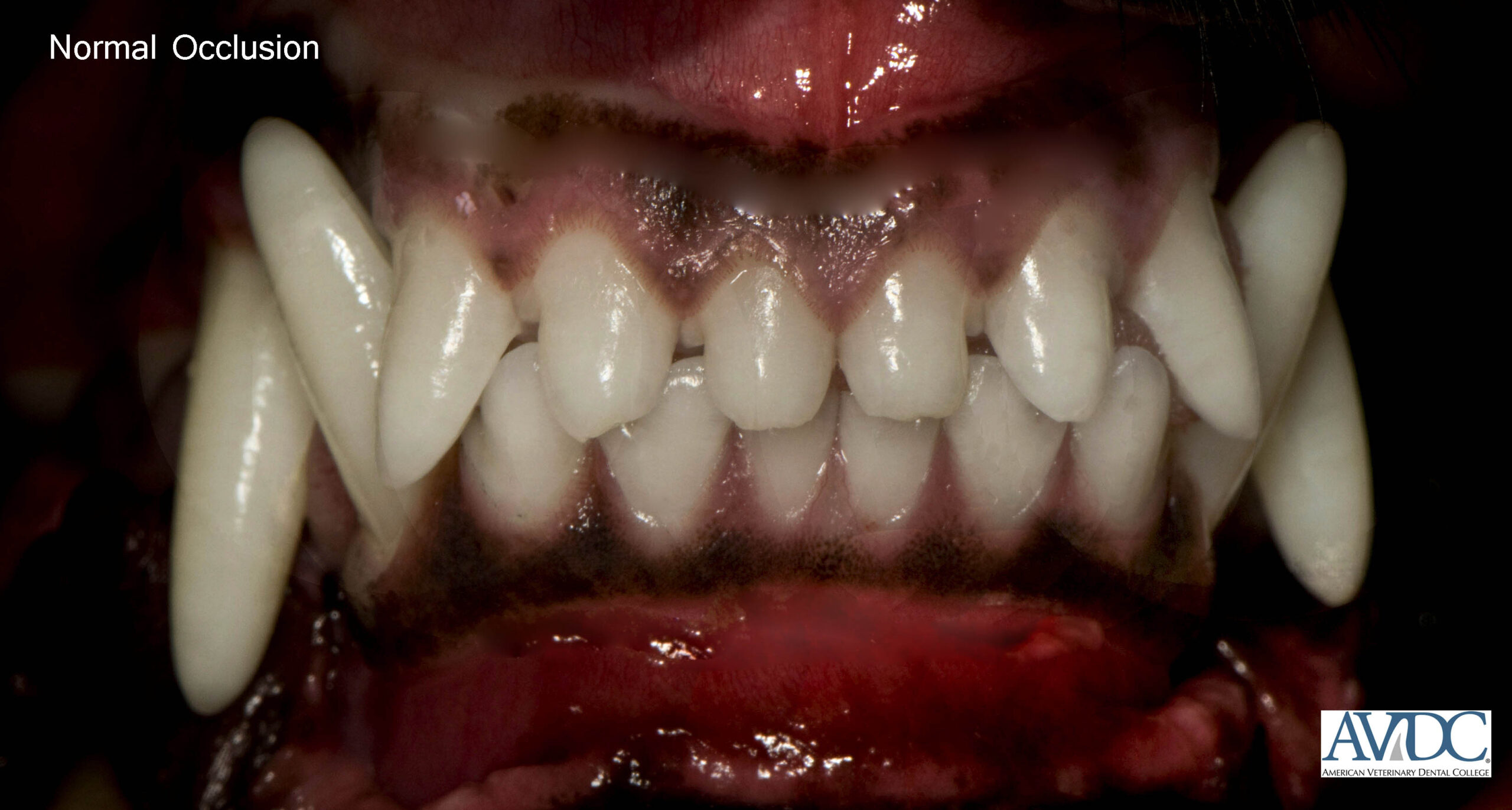
Ensuring your pet’s dental well-being is vital, and one key procedure, vital pulp therapy, plays a crucial role in maintaining their teeth. In this article, we’ll discuss the importance of this treatment and its various applications, including addressing recent trauma or injury to a tooth, preventing malocclusion, managing lip entrapment, and countering mandibular drift after significant mandibulectomy.
Understanding the Significance of Vital Pulp
To grasp the importance of this procedure, let’s begin with a brief anatomy lesson. The “pulp” of a tooth contains blood vessels, nerves, and connective tissue, vital for its function. Dentin, the second layer, constitutes a substantial portion of the tooth’s structure and becomes denser as pets age. Meanwhile, enamel, the outer layer, provides durability. Young pets have wider pulp chambers, rendering their teeth more vulnerable to injury.
Effects of Tooth Injury
When a tooth experiences trauma, such as fractures involving dentin or pulp, it becomes sensitive and painful. Prompt treatment is essential to prevent infection and alleviate discomfort. Vital pulp therapy emerges as an optimal solution in such cases, especially when the trauma is recent or intentional during dental procedures.
Exploring Vital Pulp Therapy
This treatment aims to preserve the tooth’s vital pulp, making it pivotal for maintaining oral health.
Versatile Applications
1. Recent Trauma or Injury to a Tooth: Dental trauma can expose pulp, leading to pain and functional impairment. This treatment rescues the tooth, restoring comfort and function.
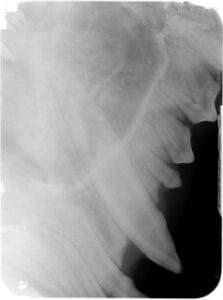

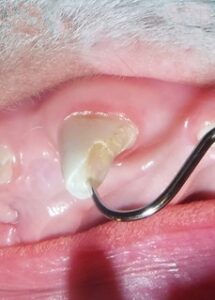


2. Malocclusion Treatment: In cases where misalignment risks tooth or tissue damage, this treatment and crown reduction prevent further harm, particularly in young pets with immature permanent teeth.

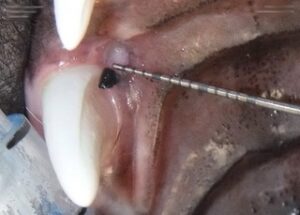
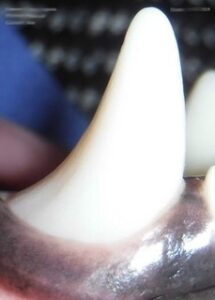
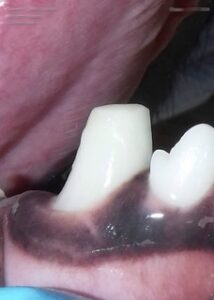
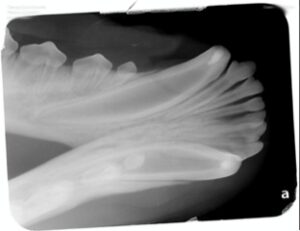
3. Lip Entrapment: This treatment and crown reduction alleviate discomfort caused by lip entrapment, restoring normal function.
4. Mandibular Drift After Major Mandibulectomy: Following jaw surgery, mandibular drift can affect remaining teeth. Crown reduction and vital pulp therapy prevent trauma and preserve dental health.
The Procedure
Vital pulp therapy involves diagnosis, cleaning, application of medicated material, sealing, and follow-up visits to ensure proper healing.
Conclusion
This is a non-invasive alternative to tooth extraction, preserving your pet’s dental health and enhancing their quality of life. Consult with our Board-Certified Veterinary Dentists to explore this option and ensure your pet’s smile remains bright and healthy.
Learn more about vital pulp therapy for dogs and visit Carefree Dentistry and Oral Surgery for Animals for comprehensive dental services.
